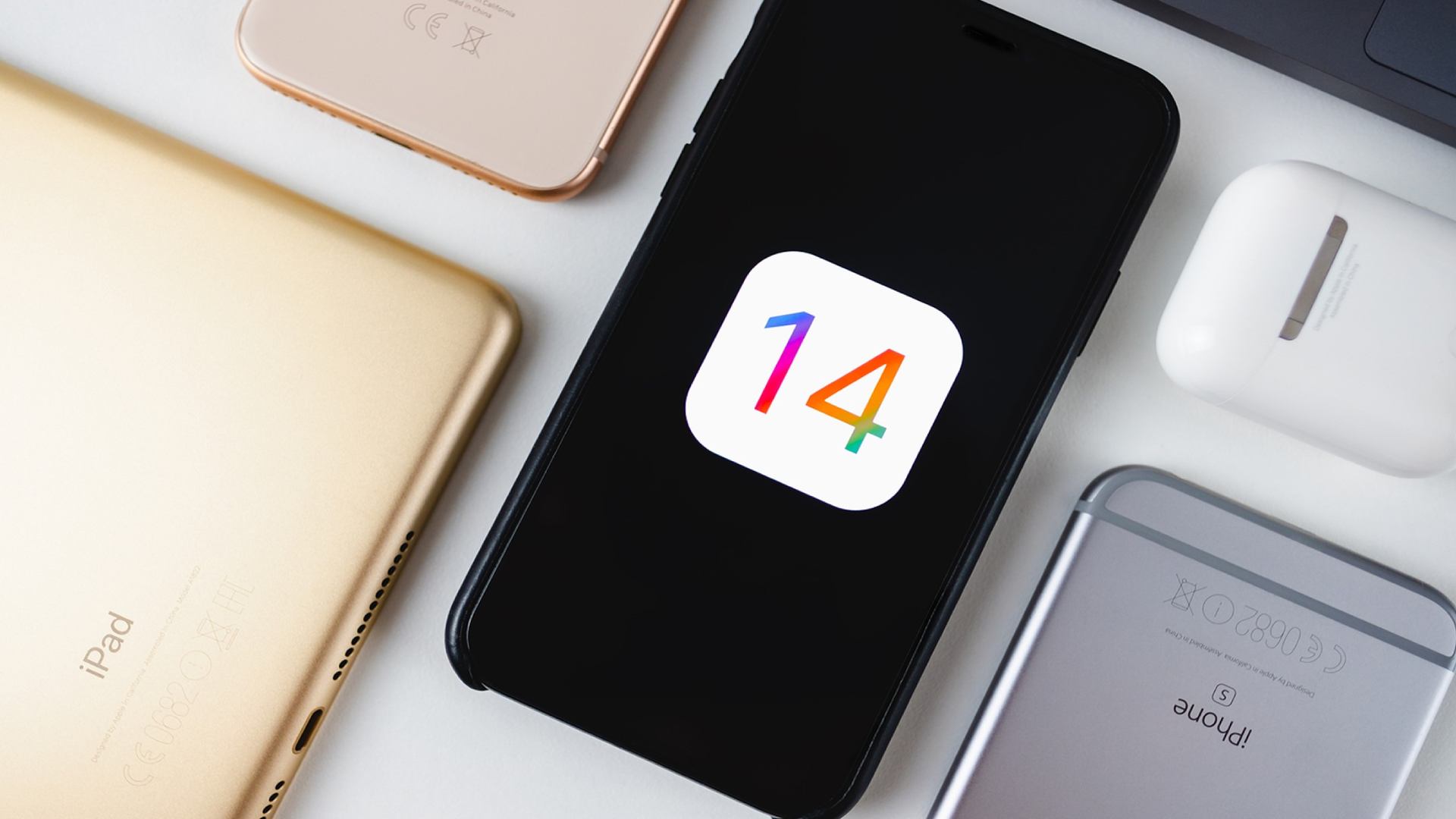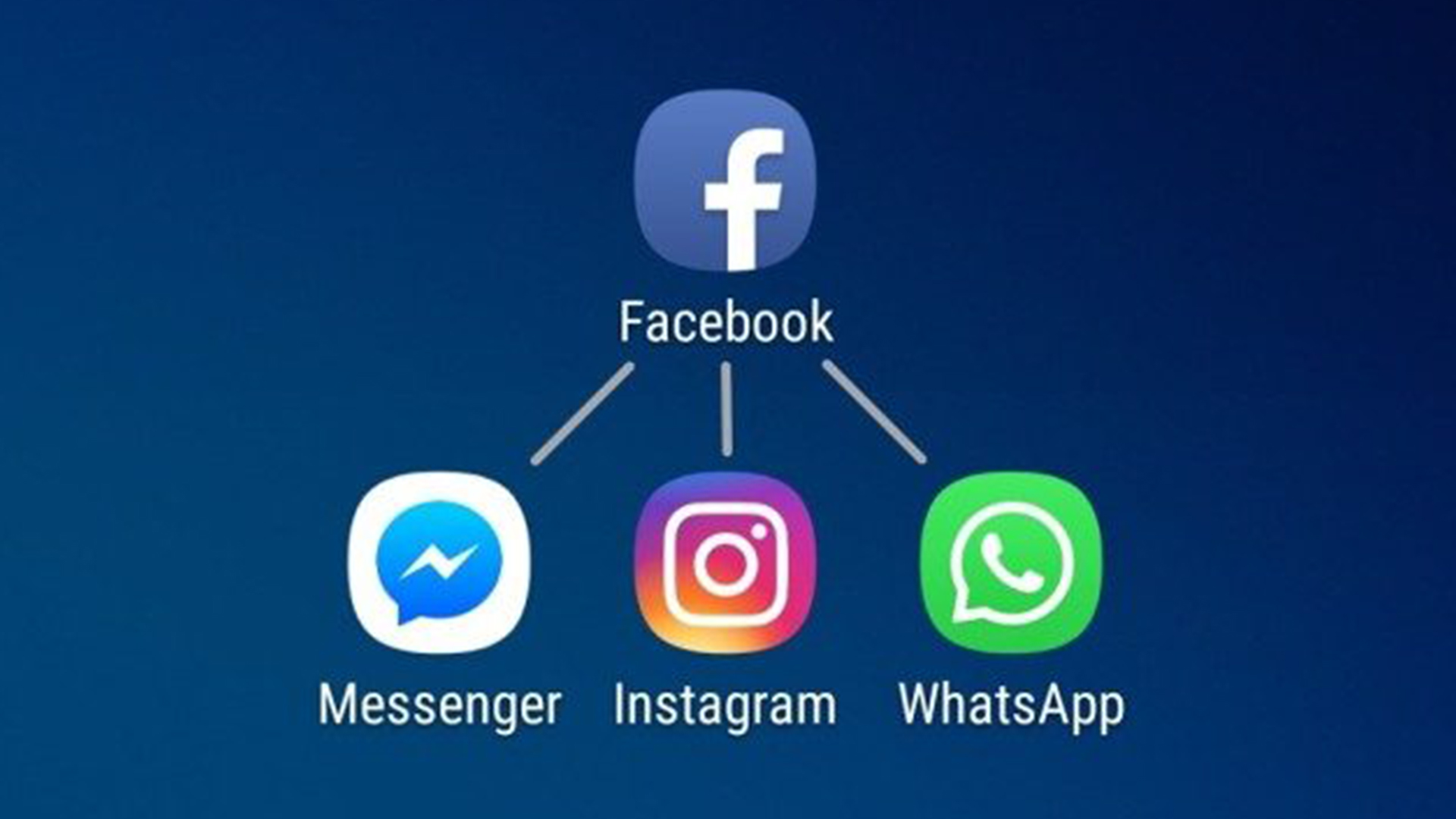Landing pages are an indispensable part of digital marketing. If your landing page is effective, that visitor might convert into a lead or a customer. If it is ineffective, he or she might leave your site and go to a competitor’s site instead. The effectiveness of all your traffic driving efforts ultimately boils down to the user experience (UX) of your landing pages.
So what are the things you should keep in mind while creating your landing page? We have compiled a list of mistakes to avoid in order to ensure effective landing page optimisation.
- Not A/B Testing
A/B testing is about testing two different pages to figure out which one performs the best. Many businesses that use landing pages don’t bother to test them first. But if you don’t test different versions of your landing pages, you may miss out on simple alterations that could vastly improve conversion rates. Slight changes such as the colour of your CTA button can have a significant impact on user behaviour.
- Not Testing Frequently
Even if you are testing your landing pages, you may not be testing them frequently enough. Frequent testing allows you to gather a sufficient level of data to create an effective campaign. Test your landing pages against alternate versions on a monthly or bi-monthly basis to keep them fresh and consistently improve their performance.
- Not Testing All Elements
While it is worthwhile to test the main elements of your page such as the CTA text (e.g. “Sign Up” vs. “Subscribe Today”), these are not the only elements that make a difference. Other more basic elements, such as the length of the landing page, or the amount of content on the page, can also make a huge difference.
The three main factors to consider when testing a landing page are the design, content and experience.
- Design refers factors such as the layout, button size and colours.
- Content refers to the strength of the call-to-action, headline and body text.
- Experience refers to things like page loading time, navigability and overall feel.
- Not Testing At The Right Times
If you test your landing page performance at the wrong time (e.g. during slow periods), your data will be compromised. Using Google Analytics, you can assess your website traffic patterns and decide when would be the best time to perform a test. When comparing different versions of a landing page, be sure to drive traffic to the pages during the same or similar time period to ensure the validity of your experiment.
- Not Integrating Analytics
Landing pages aren’t very effective if you don’t have a way to measure their performance. Integrate Google Analytics or another analytics platform with your website so that you can accurately determine relevant landing page metrics such as bounce rate, sessions, time on page and conversions. Every data point gained from your landing pages can be used to create a better landing page experience.

















